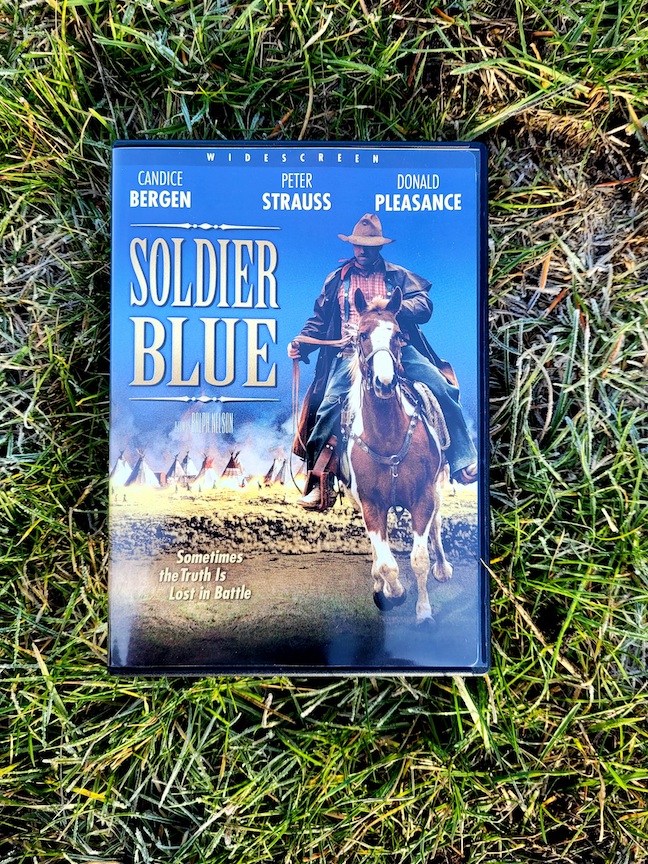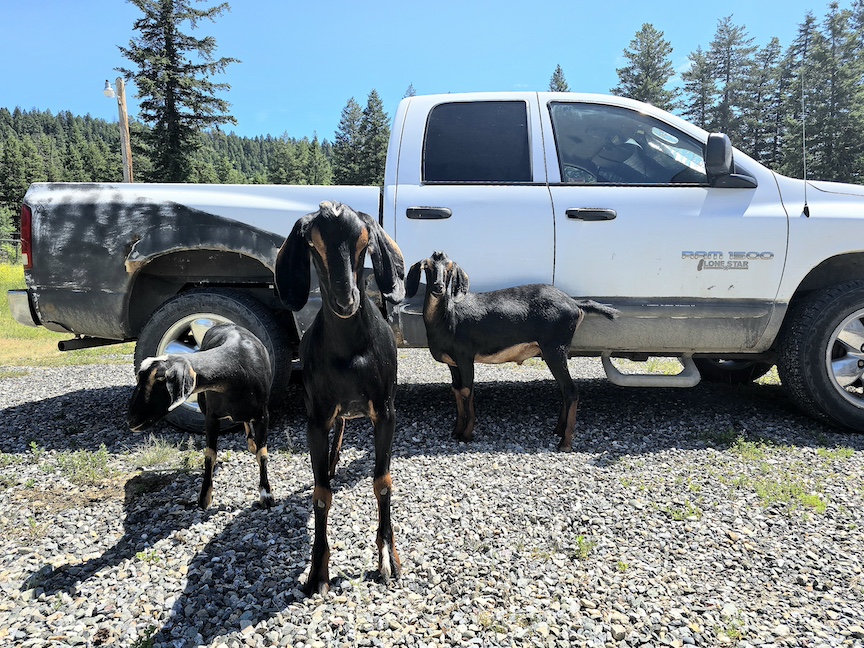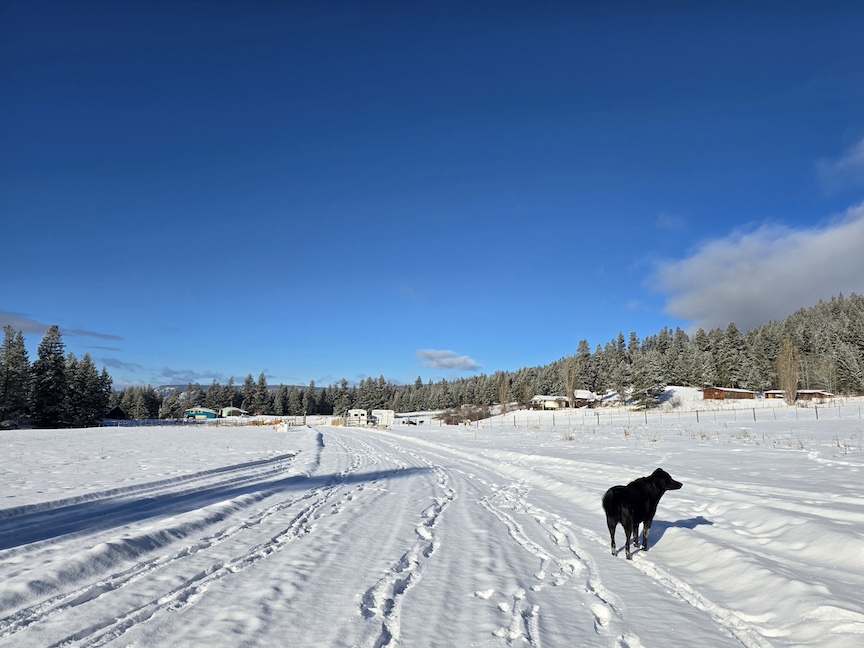Starring: Candice Bergen, Donald Pleasance, Peter Strauss
Director: Ralph Nelson
Released: 1970
Mood: If you have an itch that can only be scratched by watching one of those Westerns with actors you never expected to be in a Western.
How do you even begin to describe Soldier Blue? Oh, here you go: A MURPHY BROWN AND MICHAEL MYERS WESTERN!
I bought it because it was on lists of Westerns that don’t show Indigenous folks as the bad guys. But I only put it on when I realized that Candice Bergen and Donald Pleasance are in a Western. Together. What the actual f*ck?!
I wasn’t expecting cinematic glory, because the ‘70s was a dull period for Westerns (in my humble opinion). What I wanted was to see these two seemingly polar opposite big-screen icons do a Western. In that regard, this movie does not disappoint.
I should be super clear, though: I’m not saying this is a brilliant Western. I just found myself weirdly and inexplicably into it.

Soldier Blue is an allegory for the Vietnam War, and the first film ever made about the grisly Sand Creek massacre. On the other hand, it features attractive stars, lots of Candice Bergen’s skin, cheeky one-liners, an ‘opposites attract’ romance, and a story that strives for broad box office appeal. It’s a hot mess that’s somehow not awful.
What you get is a Revisionist Western rom-com bookended by graphic scenes of movie violence so dark that even after cutting 20 minutes of footage that horrified a test audience nearly to the point of riot… multiple countries still banned it, and the original poster hailed it as “the most savage film in history.”
Both the rom-com and the violence are done well. They just don’t mix in a way that works on any level that a logical person can check off as ‘a good movie’.
The switch to comedy startles you while a massacre is still wrapping up, and then you become so relaxed by the charming survival storyline that the brutal ending shocks you to your core.
And yet after it’s over and the survivors are surrounded by mutilated corpses (and I was still ugly crying over the rape and slaughter), they squeeze in one last clip of the leads smiling sweetly at each other. Your brain feels like it has whiplash. To quote drag queen Tatianna, “We all make choices, and that was a CHOICE.”
![]()
Now I’m basically going to do the same thing I criticized Soldier Blue for doing, and rapidly switch gears. For that, I’m sorry.
Candice Bergen gives me major ‘90s Reese Witherspoon vibes as Cresta, with her sass and confidence. The dialogue is only okay, and her outfits are ridiculous. I can’t even defend why I enjoyed her performance, other than that Bergen was entirely committed and the character was so startlingly resourceful and funny, she made me forget that it shouldn’t work.
Donald Pleasance only drops in toward the end, but he steals the entire show. In just a handful of scenes he manages to be thoroughly creepy, lecherous, devious, and violent. He’s a welcome change of pace from the bickering lovers, and his Q. Cumber (yup) is a memorable character.
I didn’t love Peter Strauss’ character, but I did appreciate that they took the revisionist theme all the way by showcasing the white soldiers as bad guys AND having the male lead be the sensitive and emotional one. It was refreshing.
![]()
Now let’s talk about Soldier Blue as a Revisionist Western.
What it does well is bring to light one of the dark atrocities of U.S. history, negatively depicting the actions of the cavalry and military leadership. The heavy violence was the right choice; you feel sick over the gleeful and sadistic slaughter of a peaceful village. As you should.
It’s a ton of fun to watch the classic Westerns, don’t get me wrong, but they’re incredibly problematic in the portrayals of everyone except white dudes.
Unfortunately, Soldier Blue was shot in Mexico and 99% of the Indigenous folks are played by Mexican actors and extras, including Jorge Rivero as Spotted Wolf (the only one with lines). Yes, this was still common at the time. But it detracts from the story taking the Indigenous side when you don’t even bother to cast at least a few actual Native American actors.
It also has a bit of a white saviour storyline with Cresta, at the end. She’s vocally on the side of the Native people throughout the movie and also fearless, so her actions do make sense for the character. You could argue that she tried to use her white privilege to help. To me, it still felt off.
This review sounds so negative, and that wasn’t my intent. The trouble is that like I said, I can’t explain why I didn’t hate this movie. For the ’70s, it’s actually quite good despite its messiness. It just would have been a LOT better if the graphically violent scenes were in one film, and the rom-com Western was another. Both would have been awesome movies.


